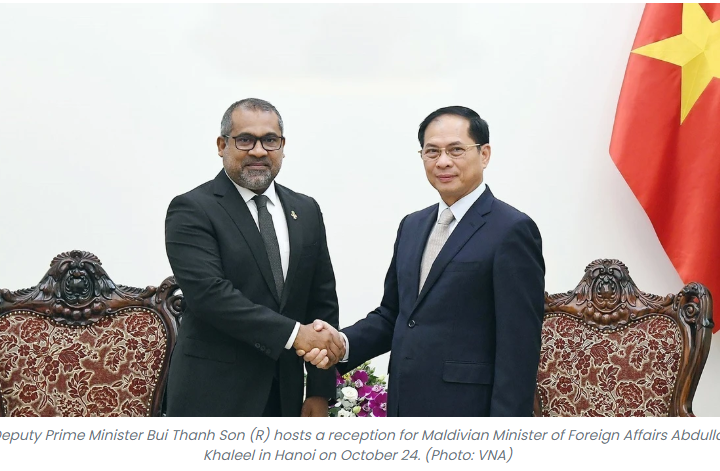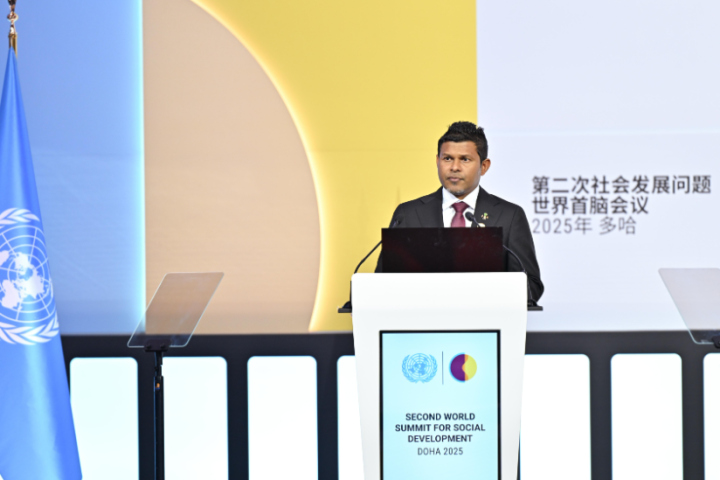China has signalled to Uyghur and other ethnic communities that alignment with the Communist Party’s vision remains central to their future. Marking the 70th anniversary of Xinjiang’s designation as an autonomous region, the leadership emphasised unity under the national framework.
Xi Jinping’s latest visit was carefully staged to reinforce loyalty to the Party, while also signalling to the global community that Beijing has tightened its grip over Xinjiang and will not tolerate interference in what it defines as a core internal matter.
Xi’s third visit in just over three years underscored the region’s growing importance. Officially presented as a commemoration of autonomy, the trip also carried clear political, economic, and strategic undertones.
A major theme was Xinjiang’s role as an energy and resource hub. In July, the state-owned China National Nuclear Corporation announced a breakthrough in uranium exploration in the Tarim Basin, detecting industrial-grade sandstone-type mineralisation at a record depth of 1,820 metres. More than a geological achievement, it signalled Beijing’s pursuit of energy security. China produces around 1,700 tonnes of uranium annually but imports 13,000 tonnes; demand is projected to exceed 40,000 tonnes by 2040. By highlighting the discovery during his visit, Xi tied Xinjiang’s future to China’s nuclear ambitions, embedding the region in the country’s long-term energy blueprint.
Xi also used the visit to defend the Communist Party’s approach. He described policies in Xinjiang as “scientific and effective,” insisting they would remain in place long-term. Beijing argues its development programmes promote stability, though international observers remain sceptical, citing reports of detentions, labour conditions, and restrictions on cultural and religious life.
The timing of the trip echoed Xi’s earlier visit to Tibet, both framed as celebrations of ethnic unity. Draft legislation on “promoting ethnic unity and progress” places emphasis on Mandarin instruction and Party loyalty — measures Beijing portrays as fostering cohesion, though critics view them as limiting cultural and religious autonomy.
Scholars argue that official portrayals of harmony contrast sharply with the narrowing scope of autonomy. Professor James Leibold of La Trobe University has noted, “The paradox is stark: Tibetans and Uyghurs are paraded as dutiful children of the national family at the very moment their ‘autonomous’ status is deprived of any real content.” Research on China’s communication strategy also shows that repression is framed differently depending on the audience: internationally as a response to credible threats, and domestically as a form of benevolent protection.
Alongside politics and energy, Beijing is keen to promote Xinjiang as a cultural and tourism hub. State media highlights economic growth, cultural preservation, and images of prosperity, while omitting reports of repression. Such messaging has influenced perceptions in some countries, particularly those prioritising economic ties with Beijing, yet human rights groups and Western governments continue to challenge the narrative through reports and advocacy campaigns. The contest over global opinion remains unresolved, with Xi’s visit clearly intended to tip the balance in China’s favour.
For many Uyghurs, the anniversary revived difficult memories, particularly of the 2009 Urumqi riots and their aftermath. Since then, surveillance and assimilation policies have deepened mistrust. Rather than addressing these grievances, the anniversary was framed as a celebration of stability — which critics saw as symbolic of the erosion of genuine autonomy. Xi’s speech reinforced this view, presenting loyalty to the Party as the sole path to prosperity. For some, the visit was less a commemoration of autonomy than a declaration of its end.
Internationally, Xi’s presence carried dual messages. For economic partners, it underlined investment opportunities and development prospects; for more critical states, it reinforced longstanding concerns over rights and freedoms. China’s approach — coupling development and tourism campaigns with tightened political control — continues to spark debate. Many argue the global community has a role in encouraging policies that safeguard cultural rights, religious freedoms, and opportunities for all communities in Xinjiang.













